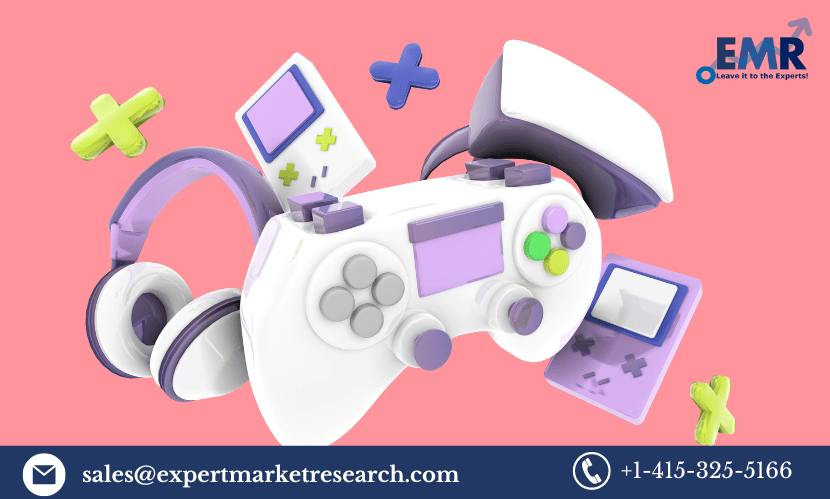Attention-deficit/hyperactivity disorder (ADHD) is one of the most common mental disorders affecting children. The signs of ADHD are lack of attention (not capable of staying focused), hyperactivity (excess movement that isn’t in line with the surroundings), and an impulsive nature (hasty actions that occur without a thought). ADHD is thought to be an ongoing and chronic condition that can affect people in a variety of aspects of their lives, such as academic and professional accomplishments, interactions with others, as well as everyday functioning (Harpin 2005). ADHD can result in children’s low self-esteem and social performance if it is not correctly addressed (Harpin and Co. 2016). Adults who have ADHD might have low self-esteem, sensitivity to criticism, and an increase in self-criticism, possibly resulting from the higher level of criticism throughout their lives (Beaton and others. 2022). It is important to note that ADHD assessment and presentation for adults differ. This page is focused on children.
8.4 percent of children and 2.5 percent of adults have ADHD (Danielson 2018, 2018. Simon et al. 2009). ADHD is typically first recognized at the school age who experience disruptive behavior in the classroom or difficulties with homework. The diagnosis is more frequent for boys than girls due to variations in how symptoms manifest. But this doesn’t necessarily mean boys will be more likely to suffer from ADHD. Boys are more likely to exhibit the symptoms of hyperactivity and externalizing ones, while girls are more likely to show a lack of activity.
Symptoms and Diagnosis
Many children have difficulty being still, waiting their turn, paying attention, becoming anxious, and acting impulsively. Children with the diagnostic criteria for buy adderall online have a distinct difference in their symptoms of hyperactivity, the ability to organize, impulsivity, or inattention are significantly more than the norm at their age or development stage. These signs can cause significant distress and can cause issues at home, in the workplace, or at school, as well as in relationships. The symptoms you see are not due to the person being adamant or unable to comprehend instructions or tasks.
There are three kinds of ADHD:
It is a largely intentional presentation.
Predominantly hyperactive/impulsive presentation.
A combined presentation.
A diagnosis is made based on symptoms that have accumulated over time and become evident over the last six months. Although ADHD is a condition that can be identified at any age, the disorder is typically diagnosed in the early years of childhood. If you are considering a diagnosis, symptoms must be present before the person is 12 years old. Additionally, they have caused problems in a variety of settings. For instance, symptoms are not limited to only occurring in the home.
Type that is not attentive
Inattention is a term used to describe difficulties in staying focused, staying on task, and organizing. If you are diagnosed with this kind of ADHD, it is recommended that six (or five in the case of those aged 17 or more) of the symptoms that can be observed frequently:
Inattention to the details or committing careless mistakes at work or in school assignments.
Do you need help to focus on specific tasks or activities like in a lecture, having a conversation, or reading lengthy?
It doesn’t listen when spoken to (i.e., It appears to be in another place).
Incompletely follows instructions and does not finish schoolwork, chores, or other job responsibilities (may start tasks but soon is distracted).
Needs to have a better way of managing work and tasks (for example, doesn’t organize time effectively, performs messy, unorganized work, and misses deadlines).
Does not like or avoid tasks requiring constant mental focus, like making reports and filling out forms.
People often lose things essential to daily tasks, such as school papers, keys, books or wallets, cell phones, and glasses.
It is easily distracted.
He needs to remember daily tasks like doing chores or doing around for errands. Adults and older teens can neglect to answer calls or pay bills and may need to remember to keep appointments.
Hyperactive/impulsive type
Hyperactivity refers to excessive movements like fidgeting, high energy, and inability to sit still and talk. Impulsivity is the term used to describe the actions or decisions taken without thinking about the implications. To be diagnosed with this kind of buying adderall online, it is recommended that six (or five for those who are 17 or older) symptoms that can be observed frequently:
Fidgets use their feet or hands or squirm from their seats.
Inability to remain seated (in the classroom, at work).
Climbs or runs around where it is not appropriate.
Unable to play or do leisure activities quietly.
All the time, “on the go,” as if an engine.
Talks should be shorter.
The answer is blurted out before a question is answered (for instance, they may end people’s sentences or can’t wait to talk in conversations).
For example, they need help with waiting for their turn in queues.
Interrupts other people or interferes (for instance, interrupts conversations or games or begins using items belonging to others without their permission). Adults and teens older than them could take over activities that other people are doing.
Combination type
This kind of ADHD is recognized when both the criteria for hyperactive and inattentive types are satisfied.
Mental health specialists or primary care physicians often identify ADHD. A psychiatric examination will consist of the description of symptoms by caregivers and patients in addition to the submission of questionnaires and scales by teachers, caregivers, and patients. Complete medical and psychiatric background, family history, and details about the environment, education, and growing up. It could also be accompanied by a referral to a medical examination to rule out any other medical conditions.
It is vital to recognize that various conditions may mimic ADHD, including mental disorders and learning disabilities, substance abuse, anxiety, head injuries, thyroid issues, and the use of certain medications, like steroids (Austerman 2015). ADHD can also be associated with other health disorders like oppositional defiant disorder, behavior disorder anxiety, or learning problems (Austerman 2015). Therefore, a thorough psycho-psychiatric examination is crucial. No particular testing procedures or tests are routinely used to confirm an ADHD diagnosis. In some cases, patients are recommended for further psychological testing (such as psychoeducational or neuropsychological tests) or undergo computer-based tests to determine the degree of the symptoms.
The Causes of ADHD
Scientists haven’t yet discovered the precise causes of ADHD. There is a growing consensus that genetic factors contribute to ADHD, and several genes have been identified as associated with the disorder; however, no specific gene or gene-gene combination was determined to cause the condition. However, it is essential to remember that family members of those with ADHD can also be affected. There is evidence of differences in the anatomy within the brains of kids with adderall online compared to children without the disorder. For instance, those with ADHD have a lower grey and white brain and show different brain region activity during specific tasks (Pliszka 2007). Other studies have shown that the frontal lobes and cerebellar vermis in the brain are affected by ADHD (Tripp and Wickens, 2009). Various non-genetic influences have been implicated in the development of this condition, such as preterm birth exposure to toxic substances (alcohol or smoking, lead, etc.) during pregnancy and severe anxiety during the pregnancy.




